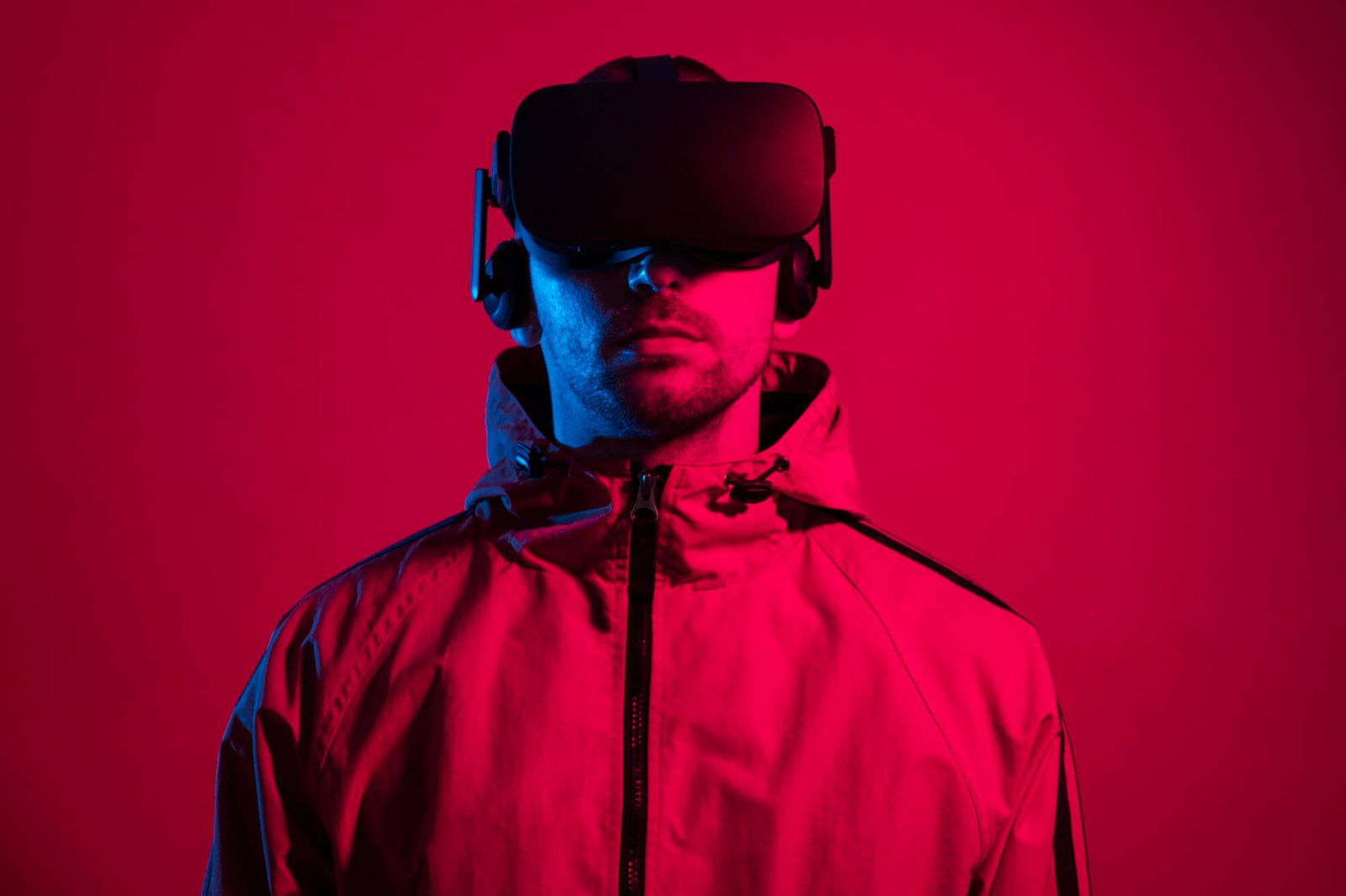Deep Learning (DL) is a subset of machine learning (ML) that focuses on neural networks with multiple layers (hence “deep” learning). It enables computers to learn from large amounts of data and perform tasks such as image recognition, speech processing, and natural language understanding.
1. What is Deep Learning?
Deep Learning is an advanced form of artificial intelligence (AI) inspired by the human brain’s neural structure. It utilizes Artificial Neural Networks (ANNs) with multiple hidden layers to process complex data patterns and extract meaningful representations.
Key Characteristics of Deep Learning:
- Hierarchical Feature Learning: Automatically learns representations from raw data without manual feature engineering.
- Scalability: Performs well on large datasets.
- End-to-End Learning: Processes raw input to final output directly.
- High Computation Needs: Requires powerful GPUs and specialized hardware like TPUs.
2. How Deep Learning Works
Deep Learning models consist of artificial neurons organized in layers. These neurons receive inputs, apply transformations, and pass the results to the next layer.
Basic Structure of a Neural Network:
- Input Layer: Takes raw data as input.
- Hidden Layers: Processes data through weighted connections and activation functions.
- Output Layer: Produces the final result (e.g., classification label, numerical value).
Key Components:
- Neurons (Nodes): Basic unit of a neural network.
- Weights & Biases: Adjusted during training to minimize error.
- Activation Functions: Introduce non-linearity (e.g., ReLU, Sigmoid, Tanh).
- Loss Function: Measures the difference between predicted and actual values.
- Backpropagation & Gradient Descent: Used to optimize weights.
3. Types of Deep Learning Architectures
(a) Feedforward Neural Networks (FNN)
- Basic architecture where information flows in one direction.
- Used for simple classification and regression tasks.
(b) Convolutional Neural Networks (CNNs)
- Designed for image and video processing.
- Uses convolutional layers to detect spatial features (edges, textures, shapes).
- Applications: Image classification, object detection, facial recognition.
(c) Recurrent Neural Networks (RNNs)
- Handles sequential data (e.g., time series, speech, text).
- Uses hidden states and loops for memory.
- Issues like vanishing gradient led to advancements like LSTMs and GRUs.
(d) Long Short-Term Memory Networks (LSTMs)
- An improved form of RNNs designed to handle long-term dependencies.
- Useful for text generation, speech recognition, and machine translation.
(e) Transformers
- State-of-the-art models in NLP (e.g., BERT, GPT).
- Uses self-attention mechanisms for better contextual understanding.
- Applications: Chatbots, translation, content generation.
(f) Generative Adversarial Networks (GANs)
- Comprises two networks: Generator and Discriminator.
- Used to generate realistic images, videos, and synthetic data.
(g) Autoencoders
- Used for unsupervised learning, anomaly detection, and data compression.
- Composed of an Encoder (compresses data) and a Decoder (reconstructs data).
4. Applications of Deep Learning
(a) Computer Vision
- Face recognition (e.g., Face ID)
- Object detection (e.g., autonomous vehicles)
- Medical imaging (e.g., detecting tumors in X-rays)
(b) Natural Language Processing (NLP)
- Sentiment analysis
- Machine translation (e.g., Google Translate)
- Chatbots and virtual assistants (e.g., ChatGPT, Siri, Alexa)
(c) Speech Recognition
- Voice assistants (e.g., Google Assistant, Alexa)
- Automated transcription (e.g., Otter.ai)
(d) Healthcare
- Disease prediction
- Personalized medicine
- Drug discovery
(e) Finance
- Fraud detection
- Stock market predictions
- Algorithmic trading
(f) Robotics & Autonomous Systems
- Self-driving cars (Tesla, Waymo)
- Industrial automation
5. Challenges in Deep Learning
(a) Data Requirements
- Needs massive labeled datasets for training.
(b) Computational Cost
- Requires powerful GPUs/TPUs and high electricity consumption.
(c) Interpretability
- Deep models are “black boxes” – difficult to understand decision-making.
(d) Bias and Fairness
- Models can inherit biases present in training data.
(e) Overfitting
- When a model performs well on training data but poorly on unseen data.
6. Tools & Frameworks for Deep Learning
- TensorFlow (Google)
- PyTorch (Facebook/Meta)
- Keras (Simplifies TensorFlow usage)
- JAX (Google’s high-performance computing library)
- MXNet (Amazon’s framework)
7. Future of Deep Learning
- Explainable AI (XAI): Making models more interpretable.
- Neuro Symbolic AI: Combining deep learning with logic-based reasoning.
- Federated Learning: Training models across decentralized devices for better privacy.
- Quantum AI: Exploring quantum computing for AI advancements.
Conclusion
Deep Learning has revolutionised AI by enabling computers to learn complex patterns from data. While it faces challenges, ongoing research and advancements continue to push the boundaries of AI capabilities.
